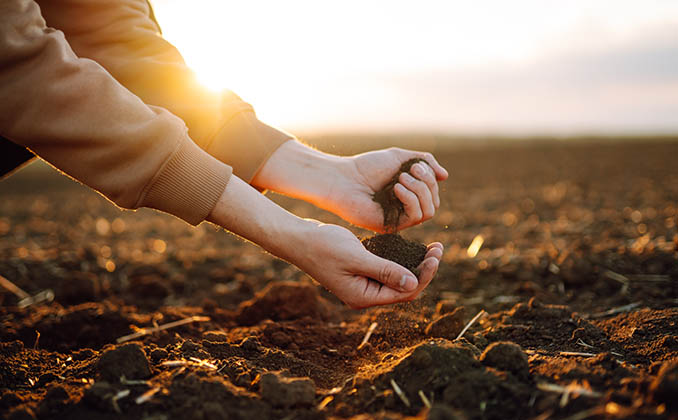Today’s eco-question: Can clothing made from natural materials be composted? The - Première Vision Paris - Denim Première Vision - Première Vision New York
Wouldn’t it be great if we could compost our favourite clothing items once they’re shot? Just think – that favourite top could be turned into a soil enhancer for your garden! Just tell us where to sign!
Let’s separate out the fantasy from the reality. Will we ever truly be able to turn our clothes into fertilizer? Here, in response, are a few points:
Cotton, linen, hemp, nettle, lyocell… you’ve undoubtedly noticed that a growing number of materials claim to be biodegradable or even compostable. Seems pretty logical right? After all, something that’s natural should be able to return “naturally” back to nature, shouldn’t it? Well that’s true… and false!
These are proven qualities for fibres, so your supplier can legitimately make this virtuous claim. But – and there’s always a but – the raw material was transformed before becoming your finished material, and those transformations may have altered its biodegradability.
Read also: Today’s eco-question: can all materials be recycled?

Know the material’s production cycle
Treatments, dyes, coatings, membranes and embellishments applied during the transformation of the material can impede biodegradability.
They may contain components that alter the raw material’s initial ability to biodegrade, and dissimulate ecotoxic traces in the environment once the material has disintegrated.
Biodegradability and compostability have to be guaranteed for the finished product, not used to vaunt the qualities of the raw fibre.
Read also: Smart Key: Recycling – can the fashion sector become self-sufficient in resources?
Testing the conditions and getting the finished product certified
Various parameters come into play to enable the transformation of the material.
- The environment (oxygen, pH, temperature, humidity, micro-organisms that activate the process…)
- The structure and properties of the material
- The degree of decomposition and the time required
- The non-toxicity and absence of heavy metals
Standards govern the test methodologies and thresholds necessary to qualify a product as being compostable. Compostability is studied under household and industrial compost conditions. Industrial facilities provide ideal conditions for optimising the transformation process by maintaining the necessary temperature, humidity, pH and mixing. For the moment, however, these facilities have not been developed on a wide scale.
Household composts have the advantage of being more widespread, but it isn’t that easy to create the conditions required to produce quality compost: accumulating organic waste isn’t sufficient on its own. Compost has to contain a balance of several elements, which is precisely why it shouldn’t be full of fabrics at the end of their life-cycle if it is to be successful.
